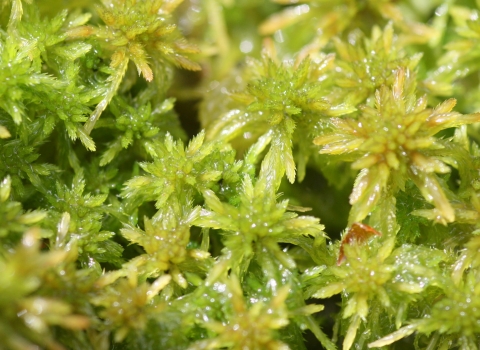Wet farming is an alternative name for paludiculture. Paludiculture is the productive use of wet peatlands; a land management technique to cultivate commercially interesting crops on wet or rewetted peatlands under conditions that maintain the peat body, facilitate peat accumulation and sustain the ecosystem services associated with natural peatlands.
Peatlands cover only 3% of the world’s land surface but hold 25% of the global soil carbon; making them the world’s most effective terrestrial carbon stores. However, if drained, they excessively emit carbon rather than storing it due to decomposition of organic matter. Damaged peatlands are a major source of greenhouse gas emissions, annually releasing almost 6% of global anthropogenic CO2 emissions. Peatland restoration can therefore bring significant emissions reductions. Read more from the International Union for Conservation of Nature (IUCN).
Take a closer look at the Great Fen’s wet farming projects:
